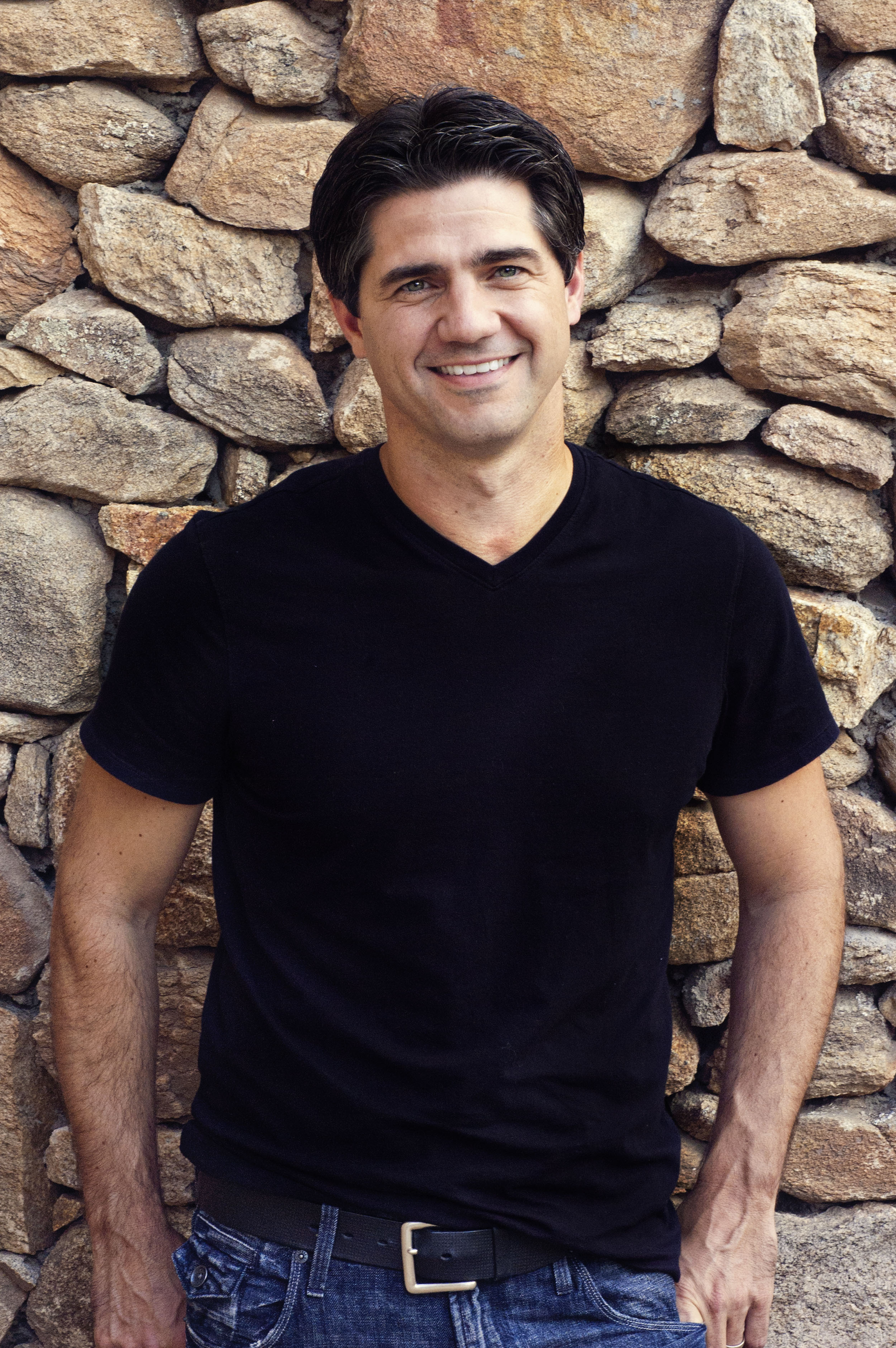Over the first decade of their marriage, Shannan and her husband moved several times. But there was one constant: everywhere they went, they accumulated more and more stuff, and it was never long before a new home began to feel crowded and messy. Shannan didn’t like this situation and felt guilty but didn’t know what to do about it. She could sense a growing resentment from her husband over the clutter situation too. When company was coming over, she would move things around to give an illusion of neatness, but of course such maneuvers didn’t address the root problem that they simply owned too much stuff.
Not much changed until Shannan and her husband went on a trip from their home in the Midwest to Tennessee, where they stayed in a cabin. “With only what we packed for the week, the cabin seemed spacious and comfortable, though it wasn’t really that large,” she said. “Once we got home from the trip, I wanted that for our home—room to breathe and enjoy ourselves without things in the way.”
This was Shannan’s Aha! moment. Her trigger. Her tipping point.
I have noticed that, for most people, there is one moment when something causes them to undertake a minimalist makeover. I tell in my previous book, The More of Less, about my own trigger moment in 2008, when I was frustrated while cleaning out my garage on a Saturday and a neighbor pointed out that I didn’t need to own all that stuff.
Have you had your own minimalism Aha! moment yet? Something that has opened your eyes to the clutter issues you face at home and has pushed you to do something about them? If not, I hope this book will be that friendly shove for you.
Shannan’s cabin epiphany inspired her to finally take action on what I would call her “stuff problem.” As soon as she got home, she signed up for my online course, Uncluttered, and quickly began making progress on her home. She would take out ten or twelve boxes each week. Her husband got in the spirit as well, clearing out machinery and tools from his garage workshop. Their minimalist home makeover was under way.
Eventually the couple got down to some decisions about what to keep and what to toss that were tougher to make. These are the kinds of decisions that cause some people to quit decluttering before they get the full benefit (and they are some of the decisions I’m going to help you make in this book). Their progress slowed for a while, but they kept going and in the end transformed every part of their home through minimizing.
Shannan said, “Our home is now a place where my husband can come home and feel free to pursue his hobbies and for us to be the couple I know we are without fear of resentment or stress from the outside world. A sanctuary of sorts.”
But what’s remarkable is not just how minimizing has changed how they feel about their house. It’s how differently they feel about themselves. (Though I’m really not surprised.)
“To me, it’s so not about the stuff anymore,” Shannan said. “My husband has changed too. We’re bike riding now and spending more time together.”
And it goes even deeper than that. “Aside from my relationship with my husband becoming more loving,” Shannan added, “I’ve gone from being a homebody who was afraid of people and what they thought of me to being someone who wants to be a part of things. I’m consciously making efforts to stand among a group of people talking or offering help to a stranger. Looking people in the eyes when I pass them by, connecting. This is really not who I’ve been my whole life, and I feel more included in life now that I’m letting others in. How can getting rid of stuff do this? It’s really amazing.”
That’s right—how can mere minimalism change lives in a fundamental way? It seems like too much to expect. Yet I’ve seen it happen over and over. Owning less creates an opportunity to live more.
I’ve been writing my blog (Becoming Minimalist), teaching minimalism, and speaking about the joys of owning less with folks at conferences around the world for a decade now. And I’ve seen repeatedly, more times than I can recall, that there is an almost magical effect when people right-size the quantity of their possessions—in the process, the people themselves are changed in positive ways.
So although this book is about doing a minimalist makeover of your home, I’m warning you now that it may also mean making over yourself in a thousand unforeseeable, positive ways.
For a step-by-step guide to minimizing each room of your home, pick up a copy of The Minimalist Home: A Room-By-Room Guide to a Decluttered, Refocused Life.

Excerpted THE MINIMALIST HOME by Joshua Becker. Copyright: 2018 by Becoming Minimalist LLC. Published by WaterBrook, an imprint of Crown Publishing Group, a division of Penguin Random House, LLC, New York.
Follow us here and subscribe here for all the latest news on how you can keep Thriving.
Stay up to date or catch-up on all our podcasts with Arianna Huffington here.

